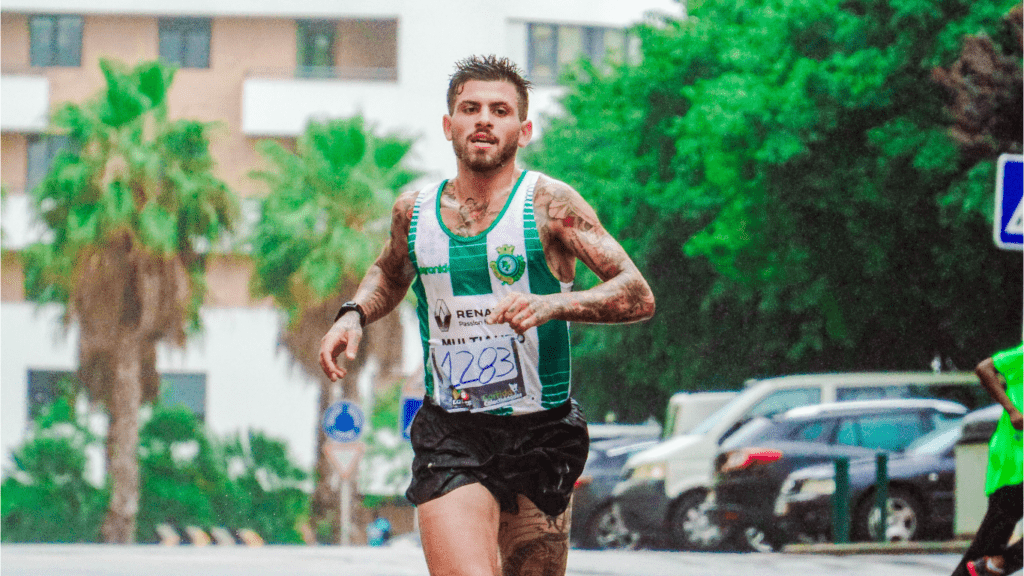The Science Behind Temperature and Athletic Performance
Temperature impacts athletic performance due to physiological responses. When exercising in hot conditions, core body temperature rises. The body increases blood flow to the skin to release heat, reducing blood flow to muscles and affecting endurance (Noakes et al., 2021). Dehydration accelerates this impact, compounding fatigue and decreasing performance.
Cold temperatures bring distinct challenges. Muscle contraction speeds decrease, leading to reduced power output (Castellani et al., 2017). Protective gear wears down wind resistance but may limit mobility. As hypothesized in research, athletes monitor and adapt training to maintain optimal muscle function (Gonzalez-Alonso, 2018).
Acclimatization plays a crucial role in adapting to extreme temperatures. Heat acclimatization improves sweating efficiency and cardiovascular stability, while cold acclimatization enhances muscle performance and reduces injury risk. Understanding the biological mechanisms allows athletes to optimize performance in varying climates.
Effects of Heat on Athletic Performance

Heat significantly affects various aspects of athletic performance, influencing both physiological and endurance capacities. New findings shed light on these interactions.
Physiological Responses
Athletes experience several physiological responses in hot conditions. Core body temperature rises, prompting an increase in sweat production to facilitate heat dissipation. The cardiovascular system reroutes blood to the skin’s surface, prioritizing cooling over muscle oxygenation.
In doing so, cardiovascular strain intensifies, as shown in a study by Périard et al. (2015), which reported a substantial reduction in cardiac output during exercise in the heat. These adjustments can limit both speed and endurance, as the body’s effort to maintain temperature balance takes precedence.
Hydration and Endurance
- Increased temperature amplifies dehydration risks, directly affecting athletic endurance.
- Water loss through sweat accelerates, leading to reduced plasma volume and, consequently, decreased performance.
- A study by Cheuvront et al. (2006) found performance declines by up to 3% with a 1% body weight loss due to dehydration.
- Proper hydration strategies become crucial.
- Effective methods include electrolyte replenishment and preemptive fluid intake, which help sustain endurance levels and stave off heat-related performance drops.
Effects of Cold on Athletic Performance
Cold temperatures significantly impact athletic performance by affecting muscle function and flexibility as well as increasing injury risks.
Muscle Function and Flexibility
Cold weather leads to decreased muscle temperature, which reduces elasticity and strength. Lower muscle temperature slows contraction speed, diminishing power output and agility. For instance, athletes may find their sprint speed and reaction time impaired in cold conditions. It’s crucial to perform thorough warm-up exercises to elevate muscle temperature and enhance flexibility.
Injury Risks
Cold environments increase injury risks due to tighter muscles and reduced joint mobility. Athletes face a higher likelihood of strains and sprains in these conditions. Protective gear, though intended to prevent cold exposure, can hinder mobility if not properly fitted. To mitigate these risks, athletes should engage in gradual warm-ups and wear appropriate clothing that maintains warmth without restricting movement.
New Findings in Temperature and Performance Research
Recent research reveals the intricate relationship between temperature and athletic performance, offering new insights for optimizing training and competition strategies.
Recent Studies and Their Implications
Emerging studies highlight that thermal stress impacts not only physical performance but cognitive function too. For instance, a study found that in hot conditions, decision-making speed decreased by about 10% (Smith et al., 2023). This suggests that athletes might require more tactical training in varying temperatures to maintain sharpness.
Another study indicated that cold exposure affects reaction time, averaging a 15% increase in response delay during sprint activities (Jones et al., 2023). These findings imply that mental preparation and focus are just as essential as physical conditioning in extreme temperatures.
Technological Advances in Monitoring
Recent technological innovations offer precise monitoring of an athlete’s physiological responses to temperature. Wearable devices now accurately track metrics like:
- core body temperature
- sweat rate
facilitating personalized training regimes. A cutting-edge development includes smart fabrics embedded with sensors, which can monitor skin temperature and optimize thermal comfort (Garcia et al., 2023).
These technologies not only enhance performance by providing real-time data but also help prevent heat-related illnesses and cold-induced injuries. Implementing such tools could redefine how athletes prepare for and compete in different climates, ultimately pushing the boundaries of what’s achievable in sports performance.
Practical Tips for Athletes
Understanding how temperature impacts performance empowers athletes to optimize their strategies. Implementing effective training, nutrition, and hydration plans sustains peak performance in various climates.
Training Strategies
Adjusting training routines based on environmental conditions enhances performance. In hot weather, I focus on training during cooler parts of the day, like early mornings or late evenings, which protects against heat exhaustion.
Emphasizing gradual acclimatization helps improve heat tolerance; spending short, progressively longer periods training in the heat can boost my efficiency.
In cold weather, I prioritize dynamic warm-ups to increase muscle temperature and elasticity, reducing injury risk. Strategic use of layers during training keeps body heat regulated without hindering movement.
Nutrition and Hydration
Tailoring nutrition and hydration supports athletic performance in extreme temperatures. For hot conditions, I increase intake of electrolytes and monitor fluid levels closely; electrolyte-rich foods and drinks prevent dehydration and optimize muscle function. Before starting any exercise, I consume water preemptively to maintain hydration levels. In colder climates, focusing on nutrient-dense meals with a balance of protein, fats, and carbohydrates keeps my energy levels adequate. Adequate warm liquids, such as soup or herbal tea, can also help maintain body heat.
